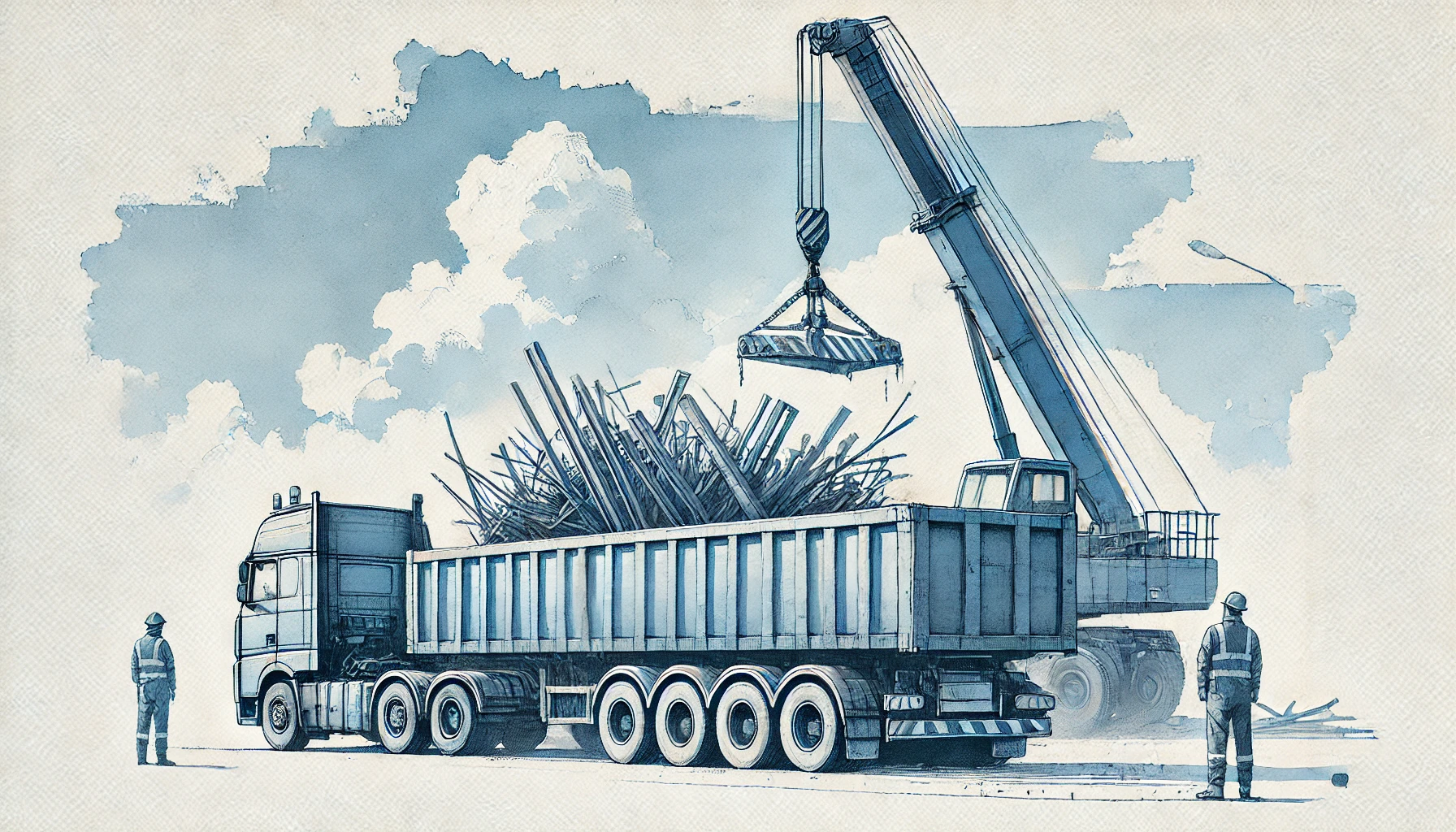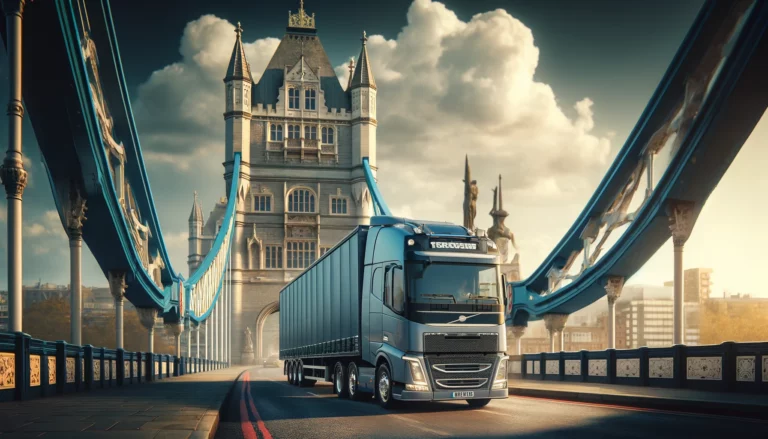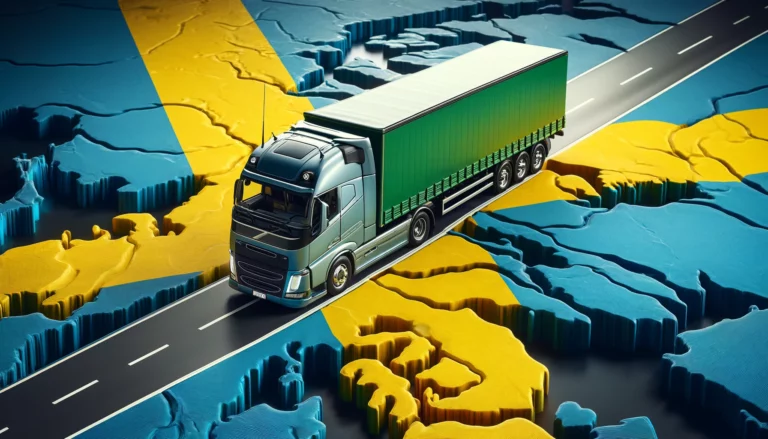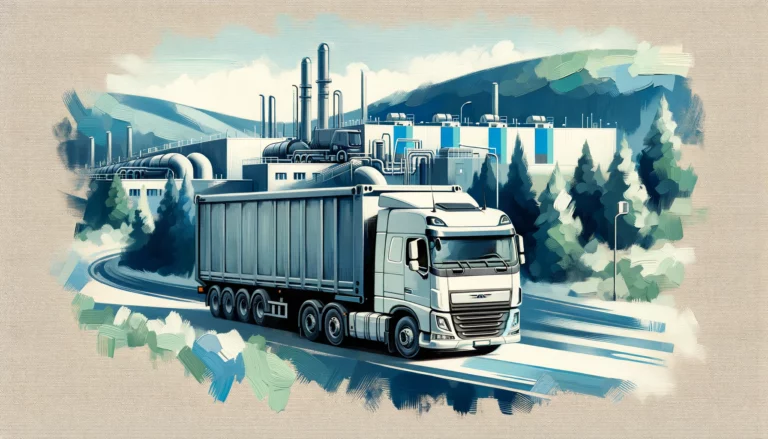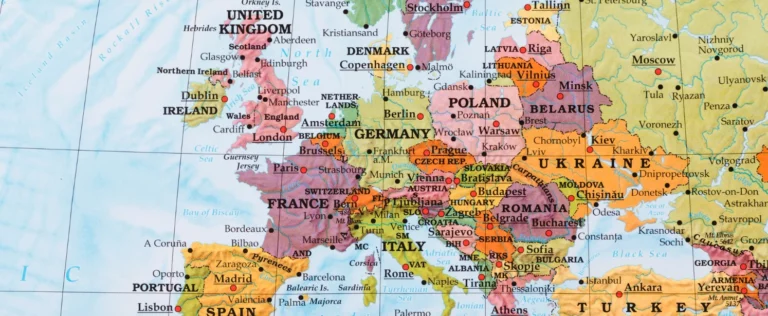What the EC’s “Steel and Metals Action Plan” means for waste carriers?
The demand for scrap metal waste carriers across Europe is climbing sharply. One of the key factors fueling this trend is the European Commission’s newly launched Steel and Metals Action Plan. On paper, the strategy aims to support domestic recycling and strengthen the EU’s circular economy. In practice, however, it brings both opportunities and challenges for industry operators, particularly those involved in the transport of scrap. This article takes a closer look at what the plan proposes, what it could change for the transport sector, and why some waste carriers see it as a double-edged sword.
Do you need help obtaining a waste transport permit?
e.nadolna@ekologistyka24.pl, +48 881 045 376
j.blazewicz@ekologistyka24.pl, +48 500 867 153
Understanding the EC’s “Steel and Metals Action Plan“
On 19 March 2025, the European Commission unveiled the Steel and Metals Action Plan. It is a cornerstone policy meant to secure Europe’s access to critical metals while decarbonizing the sector. The document outlines actions to prevent closures of European plants, eliminate unfair global competition, and speed up investment in cleaner, greener technologies.
One of the central pillars of the plan is to keep more metal scrap within Europe. Currently, Europe exports approximately 19 million tonnes of metal scrap each year. The Commission argues that this material is vital for supporting Europe’s low-carbon manufacturing goals. Retaining it in the EU will reduce dependence on imports and limit the carbon footprint of raw material processing.
Additionally, the plan ties into broader EU ambitions—like the Green Deal and the Net-Zero Industry Act—by positioning scrap metals as a building block of a sustainable and competitive European economy.
What makes the plan controversial?
Despite the noble goals, the Steel and Metals Action Plan is not without controversy. Export restrictions on scrap metal are at the heart of the issue. While the Commission wants to boost domestic processing, many industry stakeholders fear the consequences of such policies.
According to a detailed report in Resource, critics warn that the restrictions could disrupt global recycling markets. They argue that Europe may not currently have the processing capacity to handle all retained scrap. This could lead to stockpiles, inefficient logistics, and even reduced recycling rates. Some companies worry that a sudden surge in internal demand might inflate transport and processing costs.
Furthermore, recycling firms operating internationally could lose competitiveness. If third countries retaliate with trade barriers or reduce imports from Europe altogether, the plan might trigger a broader economic backlash. This is particularly relevant for businesses heavily reliant on open global markets.
Implications for scrap metal waste carriers
In the midst of this shift, waste carriers find themselves in a unique position. On one hand, the plan creates significant growth opportunities. On the other hand, it introduces new complexities that could pressure smaller or less-adaptable operators. From compliance burdens to infrastructure limitations, not every carrier may be prepared to navigate the rapid evolution of scrap logistics. With more scrap expected to stay within the EU, there will be increased volumes of material moving between collection points, sorting facilities, and domestic processors.
As a result, waste carriers who specialize in scrap metal can expect:
- Higher demand for national and regional transport services;
- More frequent loads for urban and industrial recycling centers;
- The need to scale operations and invest in more robust logistics planning.
Additionally, companies that act early—by adjusting their business models or modernizing their fleets—could gain a competitive edge. In this context, flexibility and compliance will become decisive.
Opportunities and risks waste carriers must weigh
The Steel and Metals Action Plan is more than just a policy—it’s a shift in how Europe handles valuable secondary resources. Yet, the pivot comes with strings attached. Carriers must prepare for new regulations, potentially tighter oversight, and the complexities of navigating a rapidly evolving market.
For example, transport businesses could face pressure to upgrade vehicles to meet stricter environmental standards. They may also need to deal with increased administrative tasks linked to documentation and tracking within the EU. Moreover, infrastructure bottlenecks—especially in less-developed areas—could strain service delivery and increase operating costs.
Nonetheless, there is clear upside. The plan will likely spark new partnerships between carriers and recycling firms. There is also potential for long-term logistics contracts, especially with clients eager to ensure regulatory compliance and secure local supply chains.
Summary
The European Commission’s Steel and Metals Action Plan signals a pivotal moment for the EU’s circular economy. For scrap metal waste carriers, it represents both an open door and a maze of new expectations. Those who adapt early, remain compliant, and build strategic relationships will be better positioned to thrive in the reshaped market.
Still, the road ahead is not without its risks. Transport operators must monitor policy updates closely and consider the full implications of changing trade dynamics. In doing so, they will not only protect their business but also help drive a more resilient and resource-efficient Europe.

